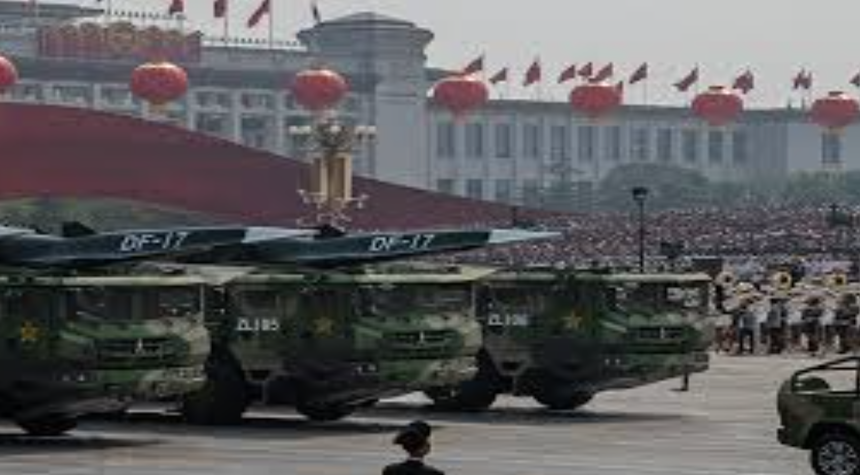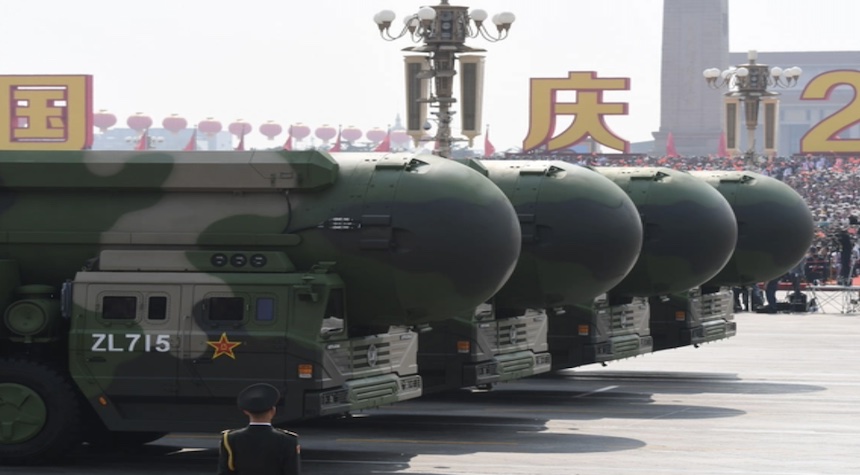China is rapidly expanding its nuclear arsenal, coinciding with its growing conventional military capabilities. This development has raised concerns among U.S. military officials and analysts about potential shifts in global strategic balance.
According to testimony given to Congress by Gen. Anthony Cotton, commander of the U.S. Strategic Command, Chinese leader Xi Jinping’s directive to prepare for a potential Taiwan takeover by 2027 is driving a significant build-up of nuclear weapons. This expansion encompasses land-based, air-launched, and sea-based nuclear capabilities.
China has long maintained a “no first use” policy regarding nuclear weapons, recently reaffirmed in its 2023 national defense policy. The Chinese defense ministry, responding to inquiries, stated that “a nuclear war cannot be won and must not be waged.” However, the Pentagon’s annual report on Chinese military power suggests a more nuanced stance.

The Pentagon report indicates China might consider the first use of nuclear weapons in certain scenarios. These include conventional attacks threatening its nuclear forces or command structure, or if a military defeat over Taiwan were to gravely endanger the Communist regime’s survival.
The facts suggest that China is expanding its nuclear capabilities at a pace unmatched by other nuclear powers. The Bulletin of the Atomic Scientists, a respected non-profit organization, estimates China’s current warhead count at approximately 600. This expansion includes the construction of roughly 350 new missile silos and additional mobile launcher bases.
The Pentagon projects China will possess over 1,000 operational nuclear warheads by 2030. This arsenal is expected to range from precision low-yield missiles to intercontinental ballistic missiles with multi-megaton capacity.
The Chinese defense ministry has rejected what it calls attempts to “hype up the so-called ‘Chinese nuclear threat'” as misleading and defamatory.

